It would be hard and unnecessay to change the names of the months and their meanings as the precession slowly pushed the fixed time-space framework ahead in the Sun year.
Instead the stars in the night should be left in peace and lead a separate life. This could be arranged by gradually shifting the minutes of the diurnal cycle, creating observational epochs of astronomy. 24h * 60 = 1440 minutes = 86400 seconds. This would fool most people. ... so completely is Aagjuuk identified with mid-December and the winter solstice that one Igloolik elder, invited to point to the constellation in early November, firmly replied that we would not see it until around Christmas, and this in spite of the fact that Altair was at the time in full view to the southwest ...
... The expressions Tonga, Kona, Toa (Sam., Haw., Tah.), to indicate the quarter of an island or of the wind, between the south and west, and Tokelau, Toerau, Koolau (Sam., Haw., Tah.), to indicate the opposite directions from north to east - expressions universal throughout Polynesia, and but little modified by subsequent local circumstances - point strongly to a former habitat in lands where the regular monsoons prevailed. Etymologically 'Tonga', 'Kona', contracted from 'To-anga' or 'Ko-ana', signifies 'the setting', seil. of the sun. 'Toke-lau', of which the other forms are merely dialectical variations, signifies 'the cold, chilly sea'. Fornander. Although the string games were based also on what everyone could observe, which caused problems: ... string games could be resumed after it was clear that the Sun had managed to leave the horizon and was rapidly gaining in altitude: 'Before the sun starts to leave the horizon ... when it shows only on the horizon ... then string games were no longer allowed as they might lacerate the sun. Once the sun had started to go higher and could be seen in its entirety, string games could be resumed, if one so wished. So the restriction on playing string games was only applicable during the period between the sun's return and its rising fully above the horizon ...
... I knew of two men who lived in another settlement on the Noatak river. They did not believe in the spirit of the string figures, but said they originated from two stars, agguk, which are visible only when the sun has returned after the winter night. One of these men was inside a dance-house when a flood of mist poured in ... His two companions rapidly made and unmade the figure 'Two Labrets', an action intended to drive away the spirit of the string figures, uttering the usual formula ... but the mist kept pouring in ... ... Again, in a diary entry dated 18 December 1913 Jenness notes the same Alak telling him that 'they never played cat's cradles while two stars called agruk were visible, just before the long days of summer...
... The present limit of the celestial polar regions can be defined from the declination of the star γ Andromedae (Al-Amak, The Caracal) ... Its current place is at declination 42º 05' N. In other words the measure across the polar regions should be 2 * (90º - 42º 05') = 2 * 47º 55' = 95º 50' or around 96º. The width of the polar regions is thus around 2 * 96º = 192º and 360 - 192 = 168 = 2 * 84 (→ Julian spring equinox) ... They played other games then, like whizzer [a noise maker] ...
... Alak's comments indicate that, for the Noatak area at least, the appearance of Aagjuuk, rather than the Sun, signalled the end of the string-game season. And the opinion, expressed in the first passage, that string figures came from, and are therefore related to, Aagjuuk may have given rise to the prohibition against playing them after the solstice appearance of these stars. It is also possible that the string game mentioned by Alak - 'Two Labrets' - rapidly made and unmade in an attempt to drive off the 'string figure spirit', was intended to symbolize Aagjuuk's two stars and so confound the constellation with its own likeness or spirit. ... Etalook refers to the 'aagruuk' as 'labrets' (the circular lower-lip ornaments of some Western Arctic Eskimo groups, certainly evoke an astral image if we recall that early Inuit graphic representations of stars were usually circular ...) giving them, it seems, an alternate name, ayaqhaagnailak, 'they prohibit the playing of string games': They [the aagruuk stars] are the ones that discourage playing a string game ... That's what they're called, ayaqhaagnailak, those two stars... When the two stars come out where is no daylight, people are advised not to play a string game then, but [play instead] with hii, hii, hii... toy noisemakers of wood or bone and braided sinew... Our parents tell us not to play the string games anymore... The labrets were lower-lip ornaments, i.e. belonging to the dark phase (as I imagine). The 'Two Labrets' figure presumably referred to the two stars of Aagjuuk which discouraged playing string games. Maybe these twin stars corresponded to Gemini? ... In Hindu legend there was a mother goddess called Aditi, who had seven offspring. She is called 'Mother of the Gods'. Aditi, whose name means 'free, unbounded, infinity' was assigned in the ancient lists of constellations as the regent of the asterism Punarvasu. Punarvasu is dual in form and means 'The Doublegood Pair'. The singular form of this noun is used to refer to the star Pollux. It is not difficult to surmise that the other member of the Doublegood Pair was Castor. Then the constellation Punarvasu is quite equivalent to our Gemini, the Twins. In far antiquity (5800 BC) the spring equinoctial point was predicted by the heliacal rising of the Twins ... In the G text (probably based first of all on the heliacal positions of Aldebaran and Antares) we should be able to find Altair and Tarazed (the pair of stars constituting the Aagjuuk asterism) close to the Full Moon around right ascension day *300 (α Aquilae, Altair) - *183 = *117 (Pollux → Po-Lux → changing from the dark of night into daylight): Po. 1. Night; to get dark, to fall (of night): he-po, it is getting dark. Formerly used, with or without raá, in the meaning of a whole day: po tahi, one day; katahi te kauatu marima po, fifteen days; po tahi raá, first day of the week; po rua raá, po toru raá, second, third day, etc. 2. Alone or as po nui, used to express the idea of good luck, happiness. He-avai-atu au to'ou po, I wish you good luck (when taking leave of someone). Very common was this parting formula: aná po noho ki a koe! good luck to you! Po-á, morning; i te po-á, in the morning; i te po-era-á, very early in the morning. Po-ará, quickly, rapidly, swiftly: he-iri po-ará, go up quick; he-ta'o itau umu era po-ará, he cooked it quickly. Po-e-mahina, formerly used of sleep-walkers (haha a po). Vanaga. 1. Darkness, night, late; po haha, dark night, gloom. P Tu. po-tagotago, darkness. Mgv., Mq., Ta.: po, darkness, night. 2. Calendar day; po e rua, Tuesday; po o te tagata, life. P Pau., Mgv., Mq., Ta.: po, calendar day. Churchill.
|
||||||||||||||||||||||||||||||||||||||||||||||||||||||||||||||||||||||||||||||||||||||||||||||||||||||||||||||||||||||||||||

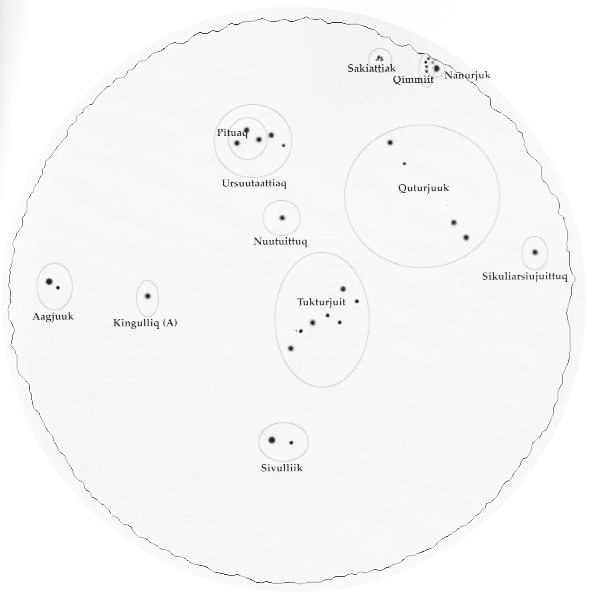
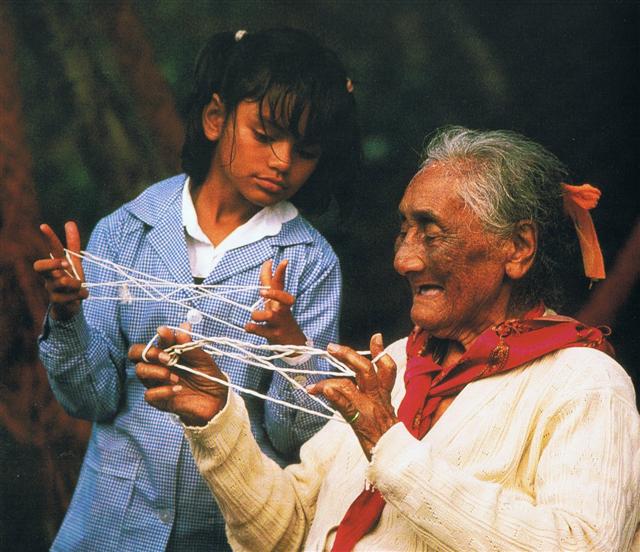
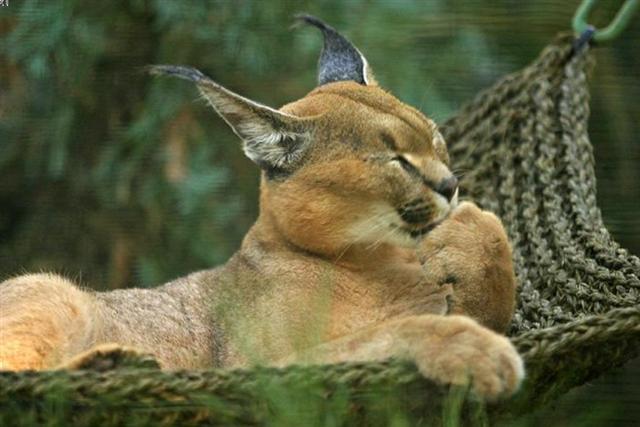
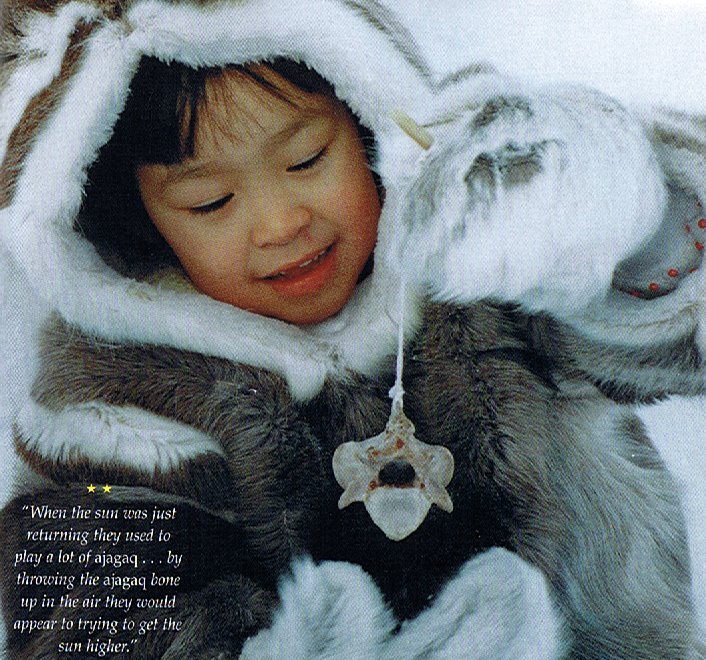
.jpg)
.jpg)







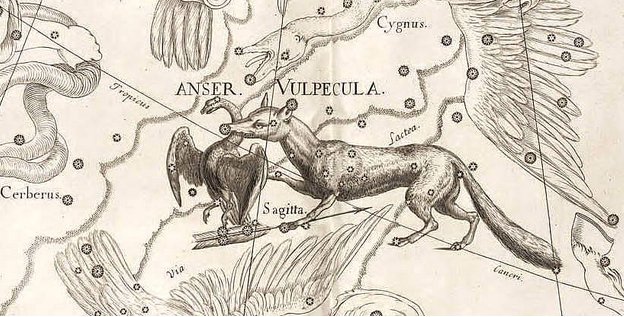
.jpg)